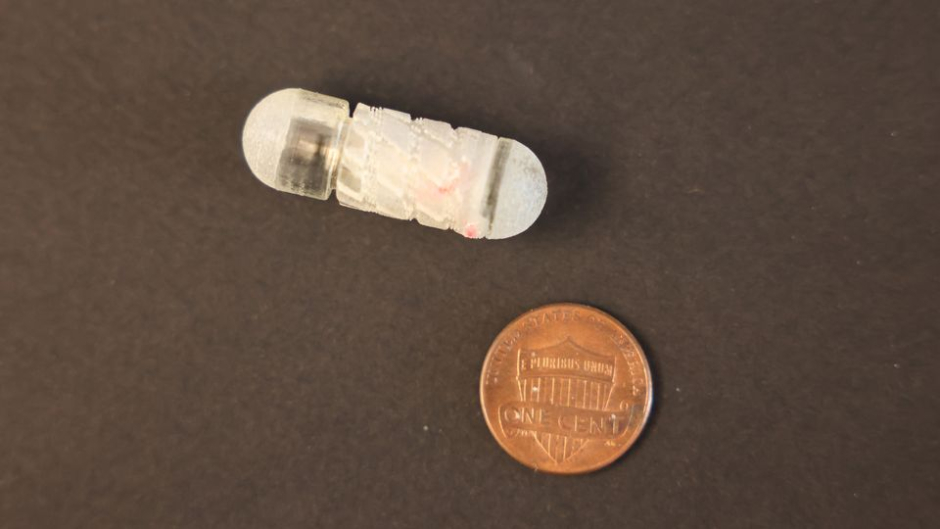Named the RoboCap, these robotic pills are coated with gelatin, have a small reservoir at its end and tunneling features in its main body
Scientists and researchers at MIT have developed a new drug capsule that can completely replace insulin injections. These are robotic capsules that possess the capability to swim through the mucus barrier and small intestines of the body, before finally delivering the drug components.
Before the invention of these robotic pills, there was no way for protein drugs to penetrate through the mucus barrier in digestive intestines, thus doctors had to make do by directly injecting the drug inside their patients.
“By displacing the mucus, we can maximize the dispersion of the drug within a local area and enhance the absorption of both small molecules and macromolecules” said the Development Assistant Professor of Mechanical Engineering at MIT and a gastroenterologist at Brigham and Women’s Hospital, Giovanni Traverso.
Protein drugs when given orally go on to breakdown even before penetrating the mucus barrier, in situations where they still reach further, they are broken down by the acidic environment in the digestive intestines. These new robotic pills however are easily able to go through the mucus and digestive intestines and deliver both the insulin and vancomycin.
Shriya Srinivasan, who is the lead author of this study, basically created a protective capsule. This capsule is designed to tunnel through mucus, and penetrate the barrier easily.
“I thought that if we could tunnel through the mucus, then we could deposit the drug directly on the epithelium. The idea is that you would ingest this capsule and the outer layer would dissolve in the digestive tract, exposing all these features that start to churn through the mucus and clear it,” she said while talking about the robot pills.
Named the RoboCap, these capsules are coated with gelatin, have a small reservoir at its end and tunneling features in its main body. Once in contact with a specific PH level, a motor inside these capsules starts spinning thus allowing the capsule to penetrate through mucus barriers.
“What the RoboCap does is transiently displace the initial mucus barrier and then enhance absorption by maximizing the dispersion of the drug locally. By combining all of these elements, we’re really maximizing our capacity to provide the optimal situation for the drug to be absorbed” said Traverso.
Read more:
Scientist Discover Large Amounts of Microplastics in Rain Water












